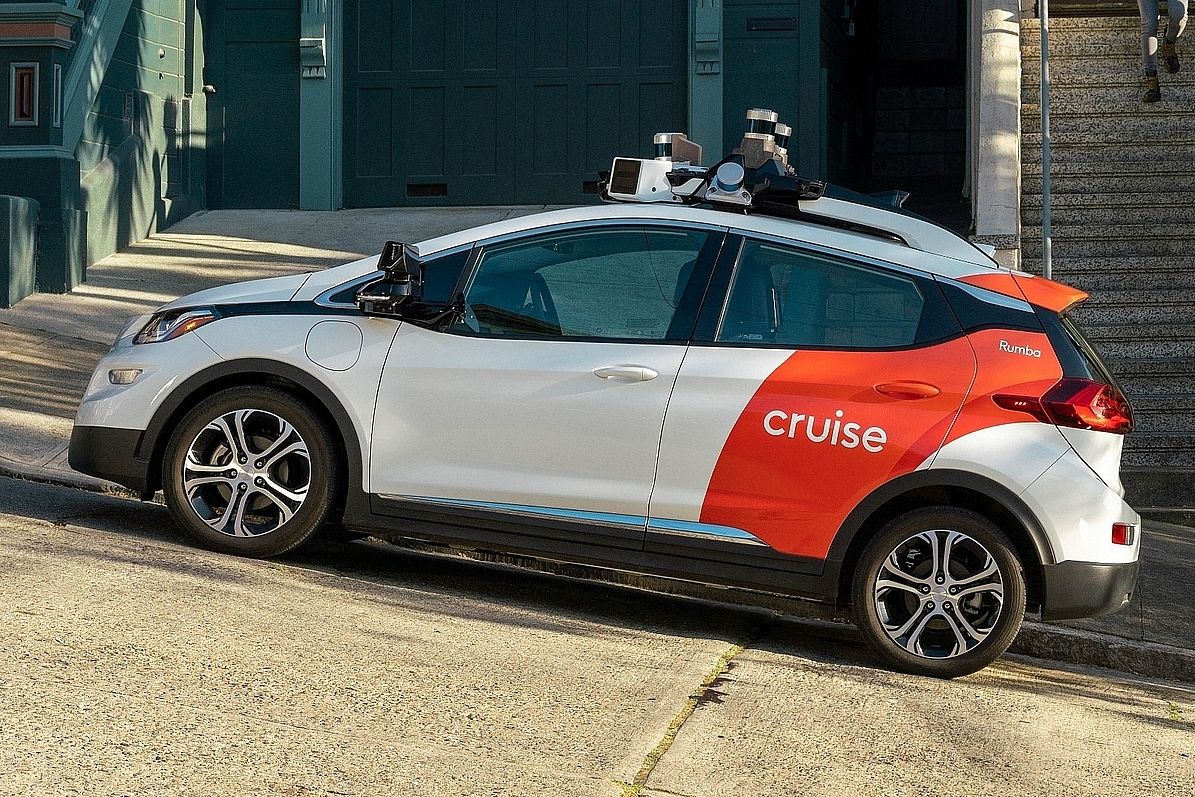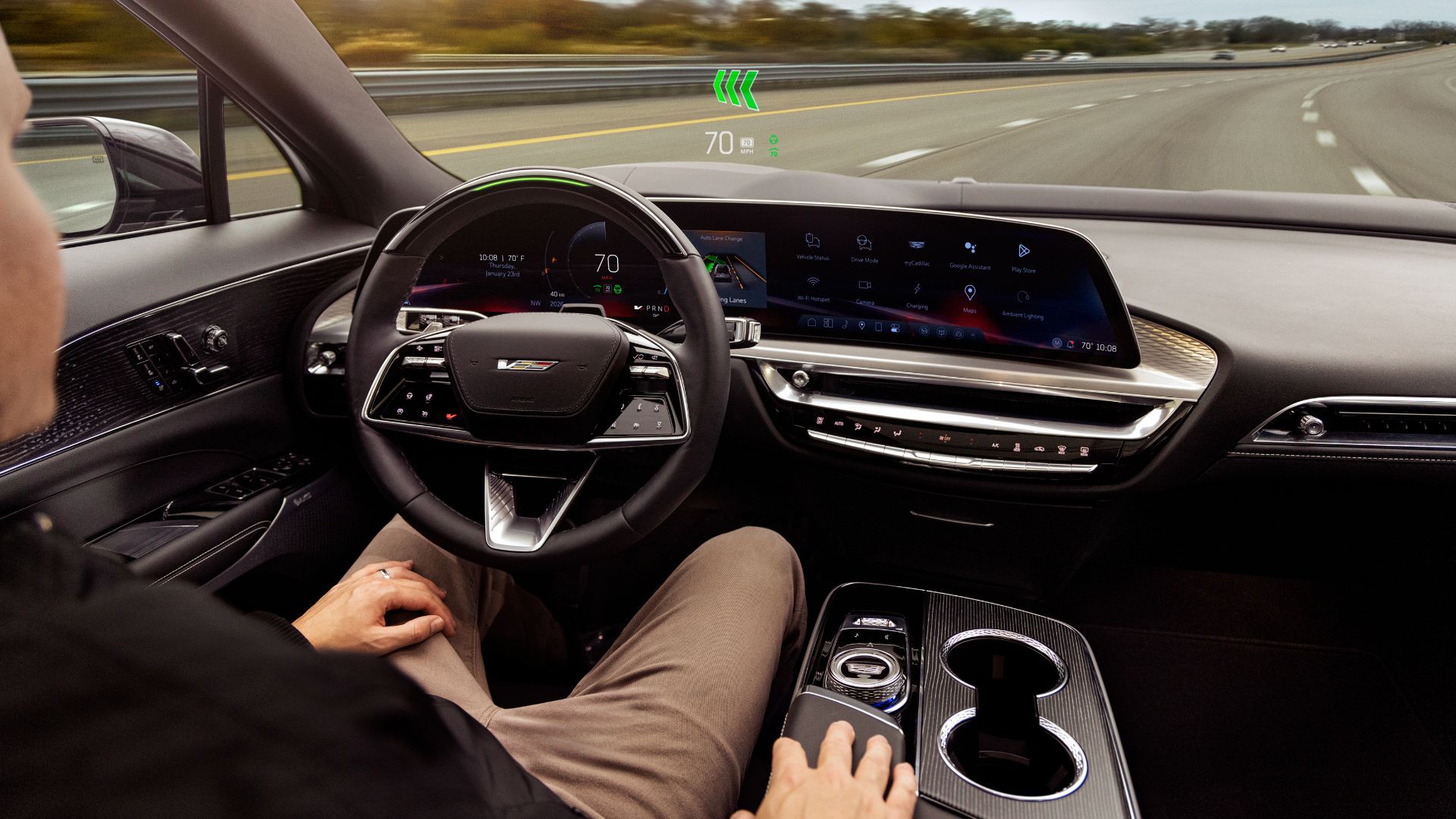After 10 years and billions of dollars, GM decided last December that it was time to pull the plug on its self-driving arm, Cruise. It brought many of the software engineers and other autonomous vehicle experts into other GM efforts, but what is it doing with the dozens of Chevrolet Bolt EVs that had been converted and outfitted with self-driving hardware and software? It is putting them back on the road – but there’s a catch.
A new report says that GM is using its old Cruise cruisers to test autonomous driving systems – including possible next-generations of its Super Cruise system – on roads in Michigan, Texas, and San Francisco.
Cruise Shuttered, But GM Kept The Cars, Tech, And Some Staff
GM spent a reported $10 billion on Cruise, which worked on developing self-driving software and hardware. It also developed the Cruise Origin, a purpose-built robotaxi that didn’t make it into mass production, though GM made around 100 prototypes. When GM ended Cruise as a separate entity, it said it was going to focus on the self-driving tech it was already doing well. And on doing it for customers of its actual cars.
“As the largest U.S. automotive manufacturer, we’re fully committed to autonomous driving and excited to bring GM customers its benefits – things like enhanced safety, improved traffic flow, increased accessibility, and reduced driver stress.”
– David Richardson, Senior Vice President of Software and Services Engineering, General Motors
Related
GM Cruise Robotaxis Return To Public Streets With Human Backups
General Motors’ Cruise has stumbled in the race to self-driving cars, but public testing of autonomous cars has resumed, at last.
The Cruise team was integrated into GM’s own self-driving teams, to focus on Super Cruise. The Detroit Free Press reports that GM is taking new steps in that direction by putting autonomous-tech-equipped Cruise Bolt vehicles back on the road. GM started by “testing a limited number of Cruise Bolt vehicles on select highways in Michigan, Texas, and the San Francisco Bay Area,” it told the paper in a statement. That testing started in mid-April.
Former Cruise EVs Testing GM’s Next Software
While the cars are familiar, the underlying tech isn’t. The report said that it uses Super Cruise tech but that the vehicles had the Lidar sensors that were found on the roof of Cruise’s testers. GM is said to be testing a Level 3 autonomous system. That is the lowest level of “full” autonomy, where there needs to be a driver – although that person will only need to intervene occasionally.
GM’s Super Cruise system is considered Level 2. It can handle most driving tasks on specified (and mapped for the service) roads, but the driver must watch the road and stay alert while the system is activated. Cruise models were testing Level 4, where the car was capable of all driving tasks in certain environments without human intervention.

Related
Report: Cruise’s Robotaxis Couldn’t Detect Kids Or Large Holes
Despite this, the company unleashed a fleet of autonomous vehicles in several cities.
While Cruise had been giving paid rides to customers before it was shuttered, this new testing will not. “The internal testing with trained drivers integrates autonomous technologies with Super Cruise for simulation purposes and does not involve public passengers,” GM told the Free Press in its statement.
Source: Detroit Free Press
#Cruise #Autonomous #Bolt #EVs #Road #Testing #Tech



